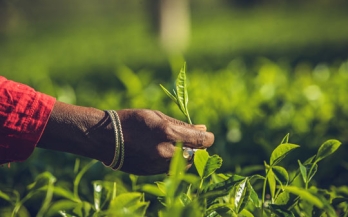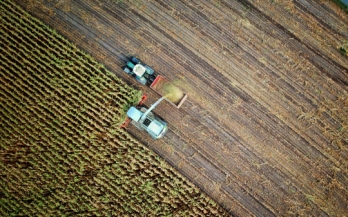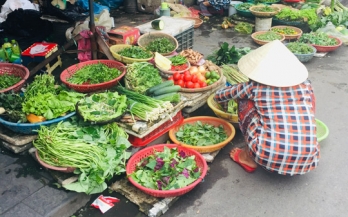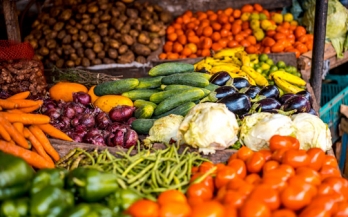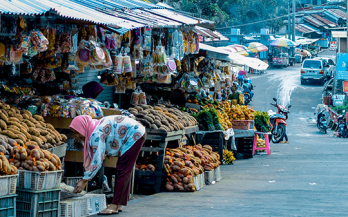But how do we assess current levels of integration and opportunities to strengthen it? That is where this baseline report comes in. It assesses integration and identifies opportunities to act jointly. The bad news in its results is that in general, climate and nutrition are not well connected.
GAIN’s Environment Screening Tool represents a key step towards systematically incorporating environmental considerations into GAIN’s programmes. It is designed to enable a rapid self-assessment, which identifies environment-related risk factors, prompts mitigation actions, and encourages teams to explore opportunities for environment-nutrition win-wins.
Climate change impacts and risks are becoming increasingly complex and more difficult to manage. Simultaneously, the world is facing the complex challenges of hunger and multiple forms of malnutrition.
In line with our Environment Strategy, we aim to do the following at COP27 - Highlight the need for coordinated and integrated action on climate and nutrition to prevent disastrous increases in food insecurity and malnutrition resulting from climate change
When funds are needed to support your organisation - either as an MSME or NGO - a clear, structured and effective approach is necessary. The goal of this guide is to help actors involved in securing funding to understand the process and to access tools that can be used during the different stages to secure funding.
Our current food system is in dire need of change. To enable resilient, affordable, safe, and nutritious diets for the current and growing global population while restoring and safeguarding our environment, we need to think and act out of the box. GAIN, the Alliance of Bioversity and CIAT, and EAT joined forces to conduct a three-stage Delphi study, to identify and investigate game-changing innovations for improving diets and restoring environments by 2030.
The global food system is a major driver of environmental degradation, ill health, premature mortality and inequity. To enable resilient, affordable, safe and nutritious diets for the current and growing global population while restoring and safeguarding our environment, we need to urgently innovate food system solutions that work for both people and planet.
Food supply chains are challenged to deliver affordable, safe and nutritious food. GAIN has developed a tool for analysing specific supply chains identify weaknesses or bottlenecks and suggesting potential interventions to improve nutrition along the supply chain, i.e. Supply Chain Analysis for Nutrition (SCAN). Supply chains structure how goods and services move from producers to consumers and are key components of the food system.
Malnutrition is a major problem across many parts of the world, leading to poorer outcomes in infants and children and health problems throughout life, which reduce economic growth and quality of life. Many of the causes of malnutrition have to do with diets, and diets are shaped by the food system.
This report addresses a critical issue of our time – how can we exploit new ideas and new technology to nourish and feed a growing world, and do it sustainably? Working on food systems reform, it is easy to underestimate the speed of change around us. But the reality is that even in the remotest corners of the globe, the drivers of food systems change are making their presence felt with storm-like force.


